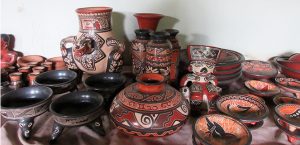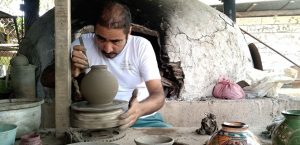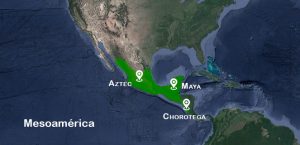Chorotega Tribal Tourism: Preserving Heritage Through Sustainable Travel
The Chorotega are one of Costa Rica’s most storied indigenous peoples, with roots tracing back to pre-Columbian Mexico. Long before Columbus arrived in 1502, the Chorotega called the lands of southern Nicaragua and Costa Rica home, establishing vibrant villages and a resilient culture that has survived centuries of change.
The History and Legacy of the Chorotega
Fleeing warfare in their original homeland, the Chorotega migrated south, settling primarily in what is now the Nicoya Peninsula, Guanacaste Province. Their society was semi-democratic, with chiefs elected by the community, and their language, Mangue, reflected their deep Mesoamerican origins. Despite their courage in resisting Spanish colonisation, the Chorotega faced cultural erosion and the near extinction of their language and traditions due to colonisation and the slave trade.
Corn was central to Chorotega life, shaping their diet, art, and rituals. Their most enduring legacy, however, is their sophisticated ceramic pottery, a tradition that continues to define their cultural identity today.
Sustainable Tourism and the Art of Chorotega Pottery
Today, Chorotega communities in villages like Guitil and San Vicente are renowned for their authentic, handmade ceramic pottery. This ancient craft, passed down through generations, is more than art: it is a living link to the tribe’s heritage and a vital source of income. The traditional process involves transforming local clay into pots, bowls, musical instruments, and ritual figures, painted with natural pigments in the original red, white, and black.
Tourism plays a crucial role in sustaining this heritage. By visiting these villages, purchasing genuine pottery, and participating in hands-on workshops, travellers directly support the Chorotega’s economic empowerment and cultural preservation. These immersive experiences offer a rare opportunity to learn about the complex techniques, symbolism, and history behind each piece, while ensuring that the benefits of tourism remain within the community.
For instance, organisations like Matambú Tours provide authentic experiences, allowing visitors to learn about Chorotega customs directly from community members. Such initiatives ensure that tourism benefits the local population and fosters cultural exchange.
Tip: To support authentic Chorotega artisans, buy pottery directly from workshops in Guitil or San Vicente, and look for pieces made using traditional methods and colors.
Responsible Travel: Protecting Chorotega Culture
As interest in indigenous tourism grows, so does the risk of cultural commodification and imitation. Many mass-produced souvenirs, often found outside the core villages, lack the authenticity and craftsmanship of true Chorotega pottery. Sustainable tourism means being mindful: choose genuine experiences, respect local customs, and engage with the community in a way that honors their heritage.
The Costa Rican government and local organisations are also working to safeguard this legacy, providing templates and documentation to help artisans recreate ancestral designs and protect their intellectual property.
How to Experience Chorotega Culture Sustainably
-
Visit Guitil or San Vicente for authentic pottery workshops and cultural tours.
-
Participate in hands-on classes to learn the traditional pottery process from local artisans.
-
Purchase directly from community artisans to ensure your support benefits the tribe.
-
Respect local customs and heritage by seeking permission before taking photos and engaging respectfully during your visit.
For more on responsible indigenous tourism, see our Travel Tips and What is Community-Based Tourism?.
Learn More
-
Spanish Schools in Costa Rica: Preserving the Chorotega pottery heritage
-
Costa Rica Monkey Tours: The Guatil pottery village of Guanacaste




This Post Has 0 Comments